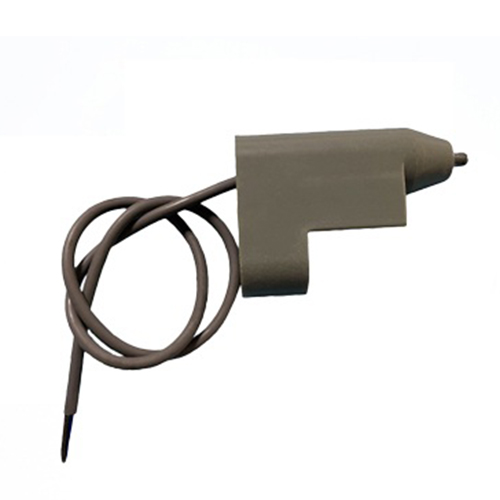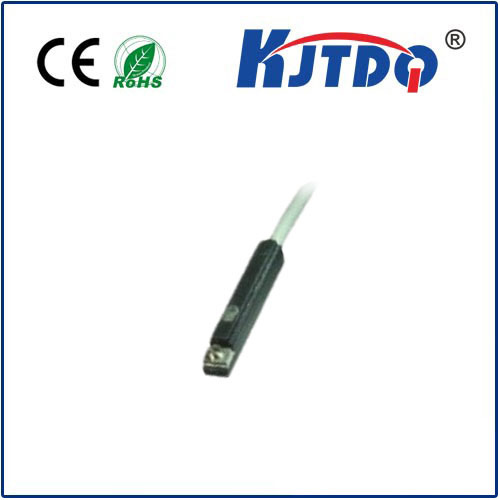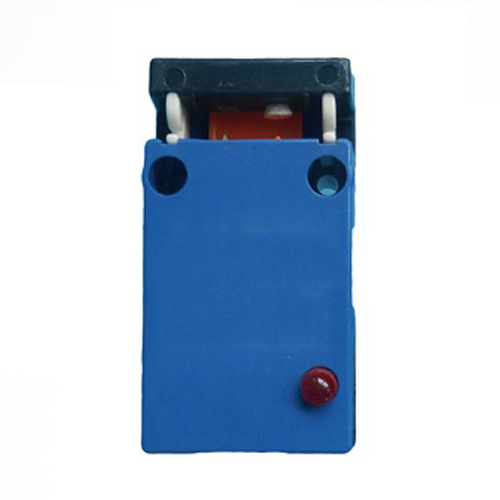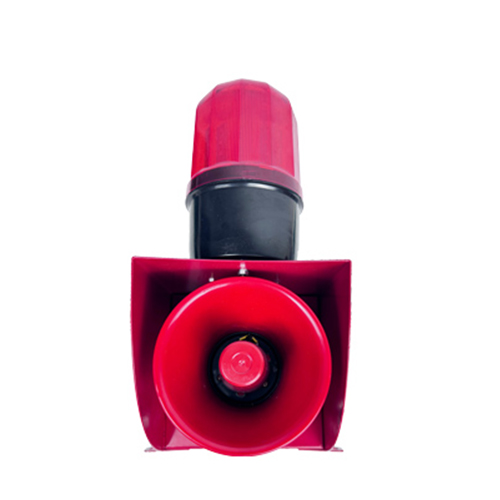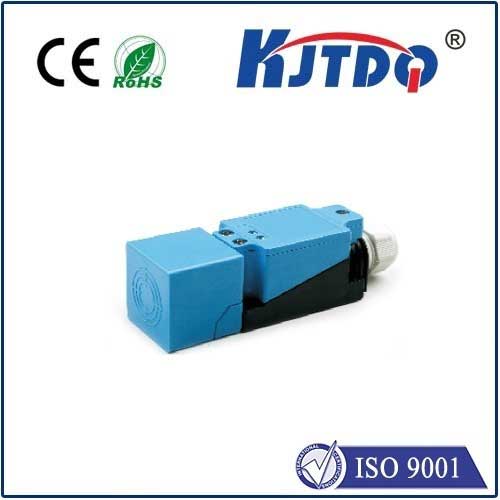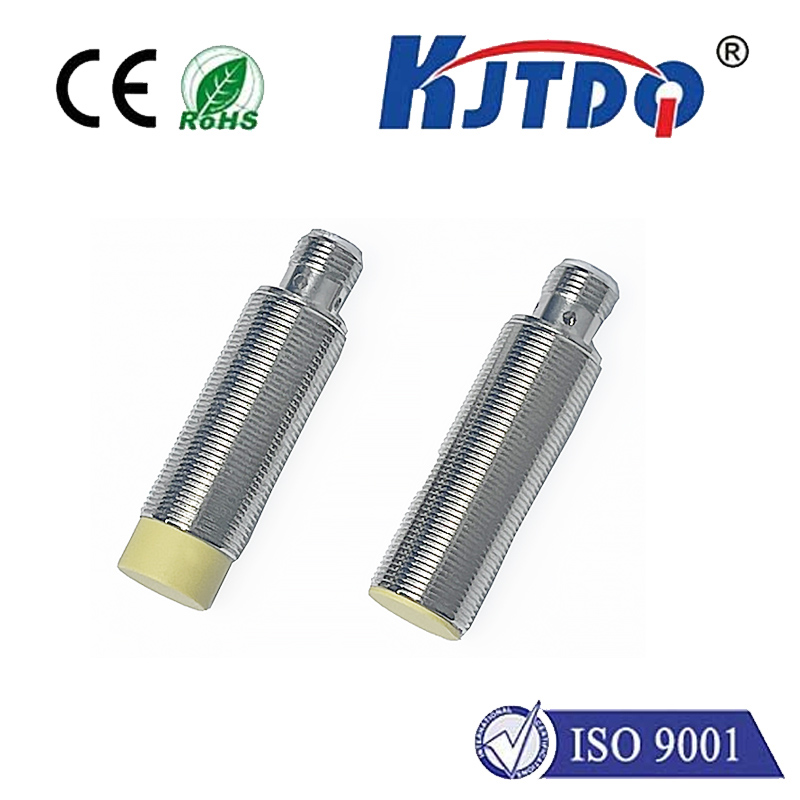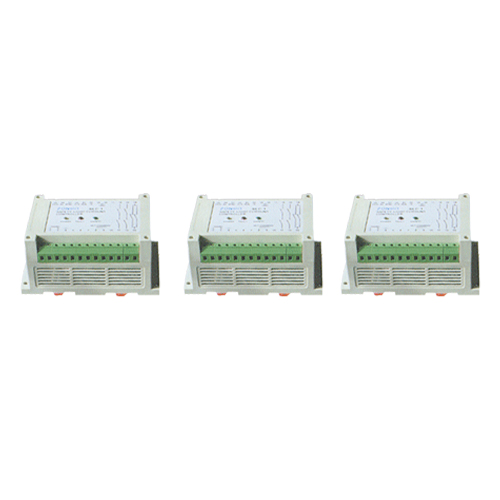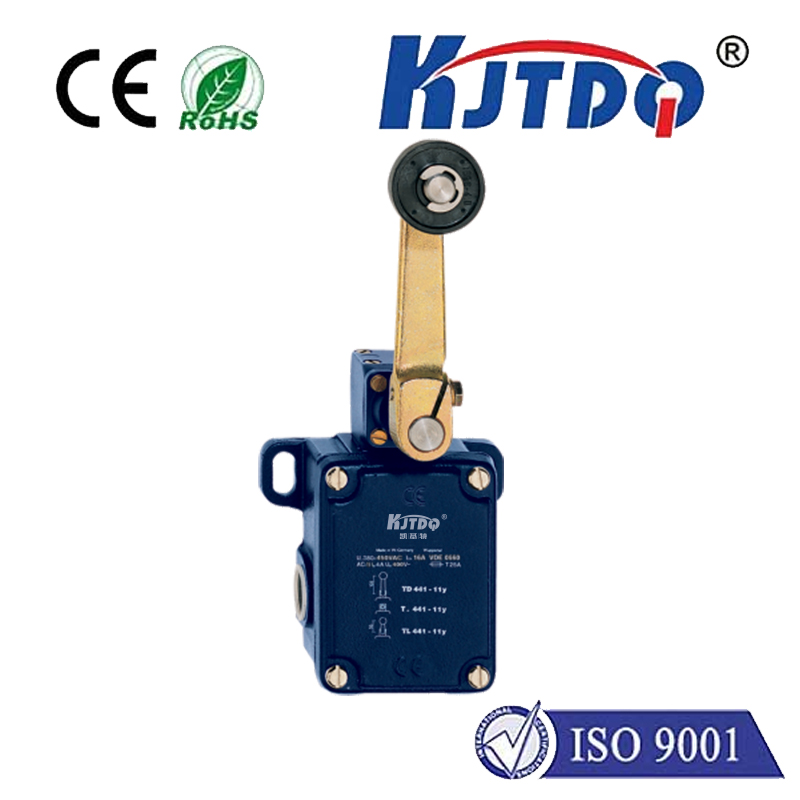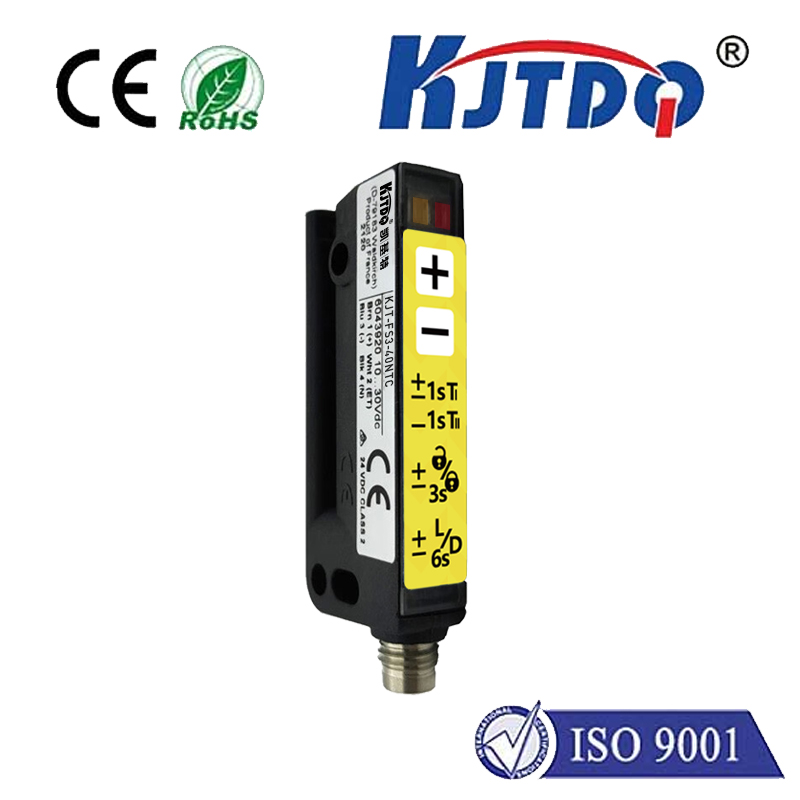small proximity sensor
- time:2024-11-08 01:12:21
- Click:0

The Small Proximity Sensor: Revolutionizing Compact Devices with Advanced Technology
In the rapidly evolving world of technology, small proximity sensors have emerged as indispensable components in a myriad of compact devices. These tiny yet powerful sensors are transforming the way we interact with electronic equipment, making them more user-friendly and efficient. This article explores the importance of small proximity sensors, their applications, and their impact on modern technology.
Understanding Small Proximity Sensors
A small proximity sensor is an electronic device designed to detect the presence or absence of an object without physical contact. These sensors operate based on various principles, including capacitive, inductive, and optical technologies. Their compact size makes them ideal for integration into space-constrained devices such as smartphones, wearables, and automotive systems.
Applications of Small Proximity Sensors
- Smartphones and Tablets: One of the most common applications of small proximity sensors is in smartphones and tablets. These devices use proximity sensors to turn off the display when the user holds the phone up to their ear, preventing accidental touches and conserving battery life. Similarly, proximity sensors can be used in tablets to enable features like automatic screen dimming or turning off when the device is face-down on a surface.
- Wearable Technology: Wearables such as smartwatches and fitness trackers incorporate small proximity sensors for various functions. For instance, these sensors detect when the device is being worn and can automatically activate or enter sleep mode accordingly. Additionally, they can be employed in gesture recognition systems, allowing users to control the device through simple hand movements.
- Automotive Systems: In the automotive industry, small proximity sensors play a crucial role in enhancing safety and convenience. They are used in systems like automatic lighting control, where they detect ambient light levels and adjust headlights accordingly. Proximity sensors also contribute to advanced driver assistance systems (ADAS), enabling features such as automatic braking, adaptive cruise control, and parking assistance.
- Industrial Automation: Small proximity sensors are widely used in industrial automation for precise measurement and control applications. They help monitor the position and speed of machinery parts, ensuring smooth operation and preventing malfunctions. These sensors are particularly valuable in environments where space is limited but accuracy and reliability are paramount.
Impact on Modern Technology
The integration of small proximity sensors into various devices has significantly enhanced user experiences and operational efficiencies. By enabling touchless interactions, these sensors improve hygiene and convenience, especially in today’s health-conscious society. Moreover, their ability to save energy by optimizing device functionalities contributes to environmental sustainability efforts.
In conclusion, small proximity sensors are at the heart of technological advancements in numerous fields. Their compact size, combined with powerful functionality, allows them to be seamlessly integrated into a wide array of devices, making them indispensable in the modern technological landscape. As technology continues to advance, the potential applications for these sensors are bound to expand, further enriching our daily lives and driving innovation forward.












